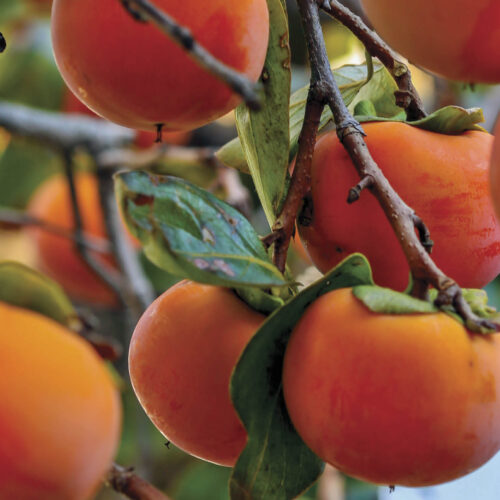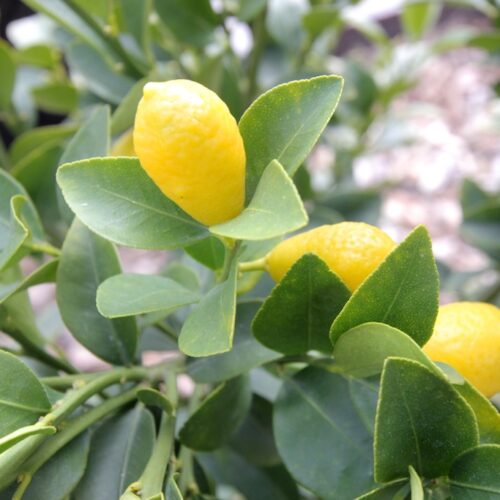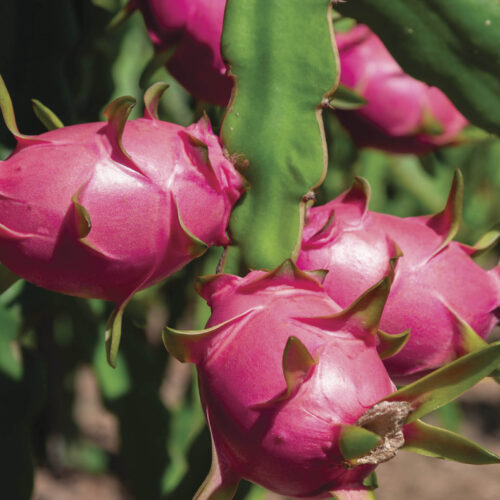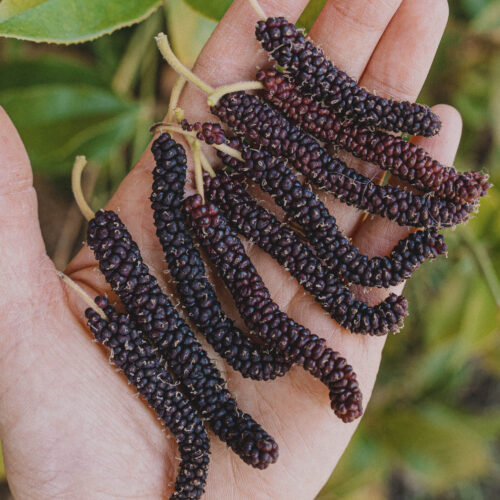How to Grow Organic Lychees
2012-12-13T05:27:41+11:00
December marks the beginning of the Lychee season in Australia. PHIL DUDMAN shares his love for this delicious subtropical fruit along with his organic tips for growing them.
If you’ve never had the joy of picking a lychee straight from a tree and devouring it then and there, then put it on your bucket list. Super fresh lychees are something else. There used to be a tree out the back of a retail nursery I worked in years ago in Brisbane, and every December when it was covered in fruit I would use any excuse to head past the tree for just a few more. They’re incredibly addictive!
Sadly, they’re not a tree you can grow anywhere so you may need to do some travelling to experience the fresh thing. They demand a fairly strict set of climate requirements. For starters, they like the subtropics and need a cool, fairly dry winter without frost and a warm humid summer. They prefer a dry spring when their flowers are in bloom – rain will damage pollen – but they will still appreciate a good soaking around the roots to help fruit set… and this needs to continue while the fruit develop if there is no rain, otherwise the skins will crack.
Wind will knock them about – it can cause leaf burn and limb breakage – so you will need to find them a protected spot. The deeper the soil the better, but they are not overly fussy about soil type, as long as it drains well. You can plant them anytime, except for the hottest months. It’s worth setting up a shadecloth screen around plants in the first year or so to protect from sun scorch and wind damage. Remove side branches when young to encourage a central single trunk about 1m tall then retain 4-5 evenly space shoots to form the framework.
OK, what about pests… Fruit Fly can be a problem as can flying foxes, so be ready to take appropriate measure to control them. Erinose mite is common – and causes blistering of the foliage and a velvety reddish-brown growth. To control it, spray just before a new flush of leaves using wettable sulphur with some wetting agent added and continue until the foliage develops without symptoms.





